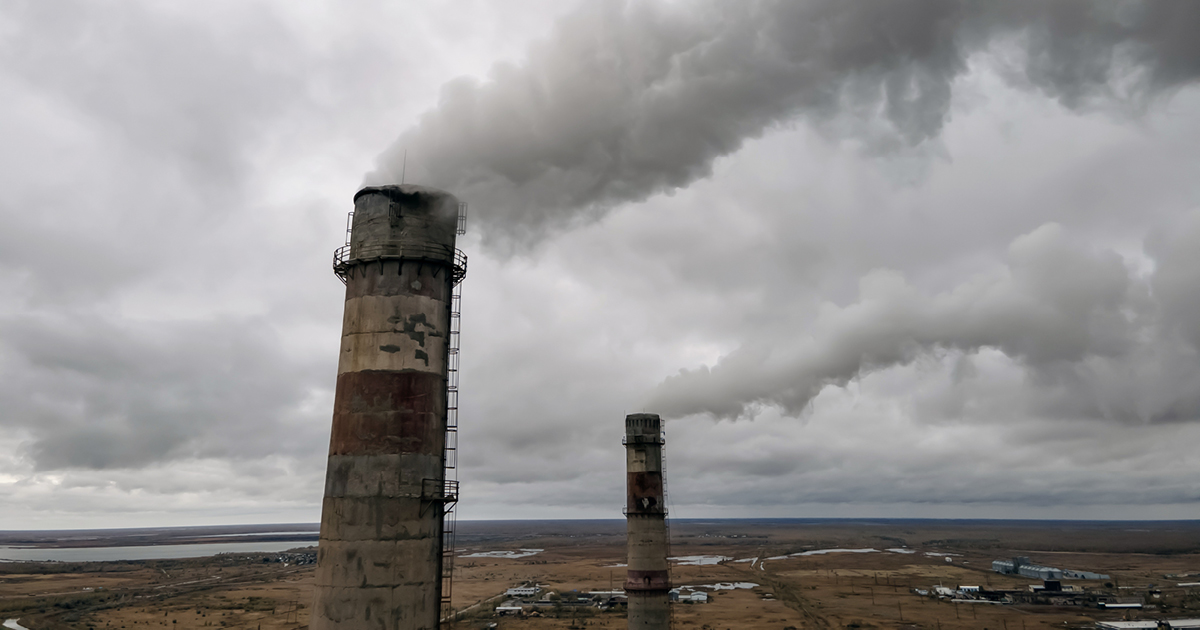Novel Advances of Combustion and Its Emissions
A special issue of Applied Sciences (ISSN 2076-3417). This special issue belongs to the section "Energy Science and Technology".
Deadline for manuscript submissions: closed (31 August 2025) | Viewed by 4530

Special Issue Editors
Interests: renewable energy sources; solid biomass; fluidization; combustion and co-combustion of biofuels and wastes
2. International Energy Agency – Fluidized Bed Conversion (Executive Committee Alternative Member in Poland), Paris, France
Interests: modern energy conversion technologies; fluidization and fluidized bed systems; thermal treatment of fuels; boilers and steam generators; flue gas treatment technologies; biochar production and application
Special Issues, Collections and Topics in MDPI journals
Special Issue Information
Dear Colleagues,
We are inviting you to submit your original research to the Special Issue of the journal Applied Sciences, entitled ‘Novel Advances of Combustion and Its Emissions’.
Despite rapid changes within the industry, the process of combustion still remains one of the fundamental methods for the production of electricity and heat. Before the so-called green transformation can be implemented worldwide, it is extremely important to continue our efforts in providing technological solutions for the reduction of pollutant emissions from various industrial processes. Accordingly, the current Special Issue of Applied Sciences is devoted to various modern technologies that are associated with the combustion and thermal treatment of various fuels, as well as the reduction of emissions of unwanted byproducts, ultimately improving the current knowledge and implementation of more environmentally-friendly techniques for both the processing and emission control of fuel. Papers dealing with experimental, conceptual, and modeling works are welcome. Publications focused on the combustion of renewable and ‘bridge’ fuels, such as biomass, waste, and e-fuels, are of particular interests. However, other works dealing with efficient and low emission processes for ‘traditional’ energy carriers and fuels are welcomed also. In this Special Issue, we encourage you to publish papers focusing on the reduction of gaseous and solid pollutants, including data from desulfurization and denitrification plants, as well as other installations where the removal of unwanted byproducts occurs. Publications where decarbonization technologies and new ideas for the CCS and CCU are presented and discussed are also within the scope of this Special Issue.
Dr. Rafał Rajczyk
Prof. Dr. Rafał Kobyłecki
Guest Editors
Manuscript Submission Information
Manuscripts should be submitted online at www.mdpi.com by registering and logging in to this website. Once you are registered, click here to go to the submission form. Manuscripts can be submitted until the deadline. All submissions that pass pre-check are peer-reviewed. Accepted papers will be published continuously in the journal (as soon as accepted) and will be listed together on the special issue website. Research articles, review articles as well as short communications are invited. For planned papers, a title and short abstract (about 100 words) can be sent to the Editorial Office for announcement on this website.
Submitted manuscripts should not have been published previously, nor be under consideration for publication elsewhere (except conference proceedings papers). All manuscripts are thoroughly refereed through a single-blind peer-review process. A guide for authors and other relevant information for submission of manuscripts is available on the Instructions for Authors page. Applied Sciences is an international peer-reviewed open access semimonthly journal published by MDPI.
Please visit the Instructions for Authors page before submitting a manuscript. The Article Processing Charge (APC) for publication in this open access journal is 2400 CHF (Swiss Francs). Submitted papers should be well formatted and use good English. Authors may use MDPI's English editing service prior to publication or during author revisions.
Keywords
- combustion
- co-combustion
- combustion modeling
- emission control
- flue gas cleaning
- CCS
- negative emission power plant
Benefits of Publishing in a Special Issue
- Ease of navigation: Grouping papers by topic helps scholars navigate broad scope journals more efficiently.
- Greater discoverability: Special Issues support the reach and impact of scientific research. Articles in Special Issues are more discoverable and cited more frequently.
- Expansion of research network: Special Issues facilitate connections among authors, fostering scientific collaborations.
- External promotion: Articles in Special Issues are often promoted through the journal's social media, increasing their visibility.
- Reprint: MDPI Books provides the opportunity to republish successful Special Issues in book format, both online and in print.
Further information on MDPI's Special Issue policies can be found here.






